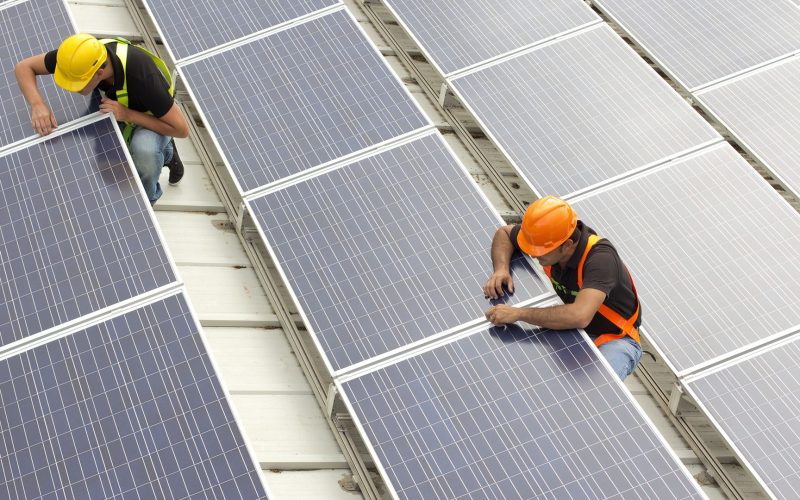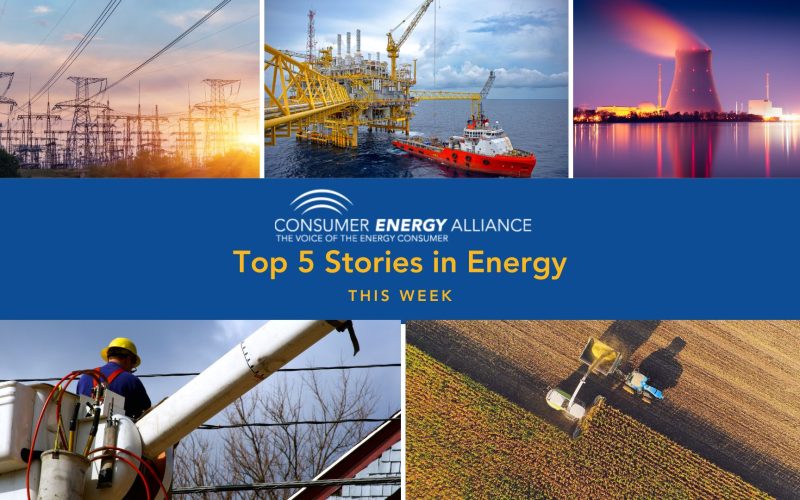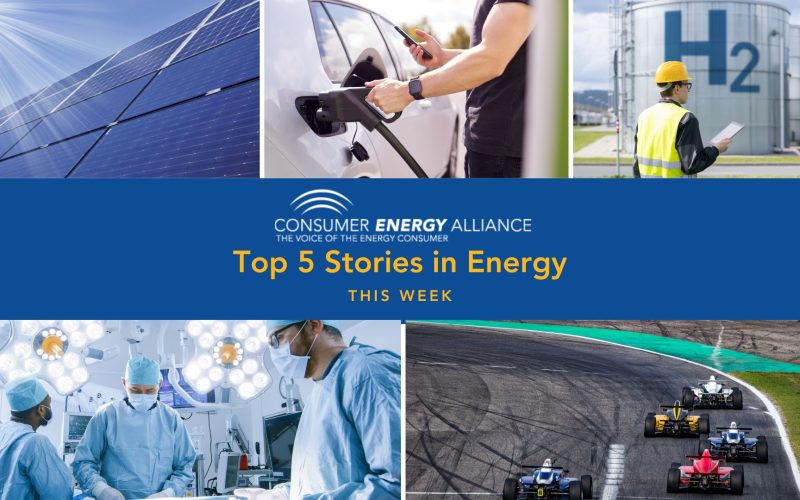THE VOICE FOR THE ENERGY CONSUMER

Consumer Energy Alliance was pleased to join Congressman Troy Balderson for the announcement of House Resolution 1148 recognizing the benefits of natural gas to the economy and environment of the.

ORLANDO, FL – The National Hispanic Energy Policy Council launched on Friday to advocate for affordable, reliable energy and highlight the outsized energy burden faced by Hispanic families in the.

With airports being among the largest sources of emissions, CEA Mid-Atlantic Executive Director Mike Butler examines how the Pittsburgh International Airport is utilizing natural gas, solar, and microgrid technology to.

CEA Midwest Executive Director Chris Ventura joined Congressman Troy Balderson in the announcement of House Resolution 1148, recognizing the benefits of natural gas and the importance of modernizing out energy.

Reuters reported on the Biden Administration’s announcement that it will allow a reduction in the cost of developing renewable energy projects on federal lands to encourage clean energy solutions to.

TALLAHASSEE – Consumer Energy Alliance (CEA), the leading energy and environmental advocate for families and businesses, thanked Florida Governor Ron DeSantis for highlighting the critical need for increased U.S. oil.

NASHVILLE, TN – Consumer Energy Alliance (CEA), the leading energy and environmental advocate for families and businesses, applauds Tennessee Governor Bill Lee for signing Senate Bill 2077, legislation that includes.

Oil prices rose this week, ahead of the U.S. Memorial Day holiday weekend, the start of peak U.S. demand season, at the same time that European nations negotiated over whether.

It’s no secret that the U.S. has a serious grid issue. Last year, New York City sent emergency texts to its 8.4 million residents to limit air conditioning and avoid.

Houston, TX – Consumer Energy Alliance (CEA), the leading energy and environmental advocate for families and businesses, released a new analysis detailing how record-high energy prices have led to significant.